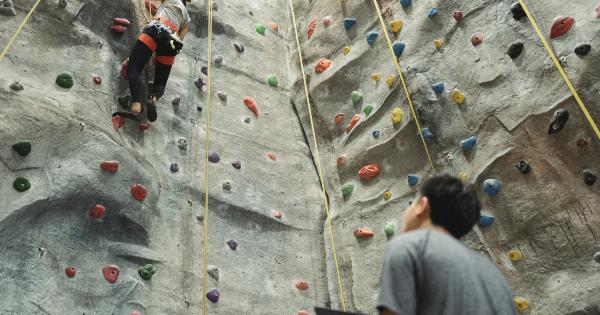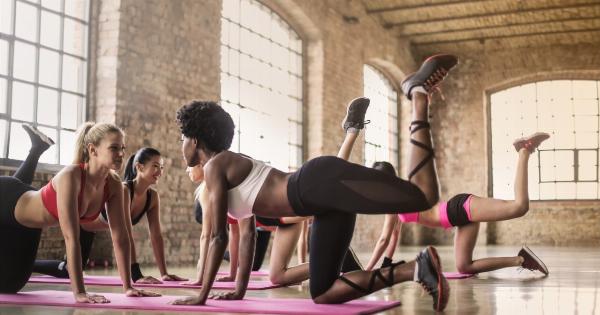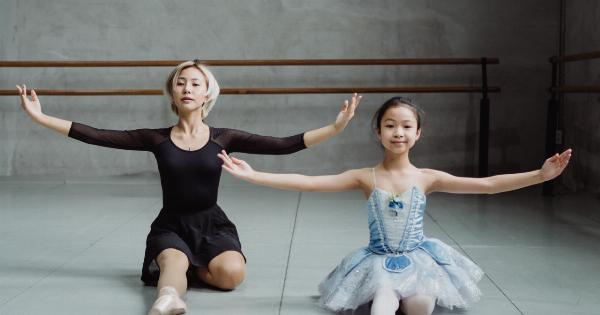When it comes to injury risk, many people assume that certain sports or activities pose a higher risk to women than to men. However, research is beginning to suggest that the time of year may actually be a more important factor.
In this article, we will discuss the relationship between female injuries and the seasons.
Winter
Winter sports are a popular pastime for many women, but they are not without their risks. For example, skiing and snowboarding can result in ankle sprains, ACL tears, and other lower limb injuries.
Additionally, the cold weather can make muscles more prone to strains and tears.
Ice skating is another winter sport that carries a risk of injury for women. Falls and collisions can result in fractures, concussions, and other injuries.
Finally, the winter can bring about changes in women’s daily routines. Shoveling snow, walking on icy sidewalks, and driving in hazardous conditions are all activities that can lead to an increased risk of injury.
Spring
With the arrival of spring comes the opportunity to get outside and engage in a variety of activities. However, this season also brings with it an increased risk of injury for women.
Running is a popular activity for women in the spring, but it can lead to a variety of injuries such as shin splints, stress fractures, and plantar fasciitis. The impact on hard surfaces and repetitive movements can take a toll on the body.
Cycling is another activity that many women enjoy in the spring, but it too can lead to injury. Falls, collisions with vehicles, and overuse injuries such as tendonitis can all occur.
Summer
Summer is often a time of increased activity for women, but it also poses unique injury risks. For example, swimming is a popular summer activity, but it can result in shoulder injuries if not done with proper technique.
Additionally, the hot weather can lead to heat exhaustion and dehydration.
Beach volleyball is another summer activity that carries an increased risk of injury for women. The sand puts extra strain on the joints and falls can result in fractures, sprains, and other injuries.
Finally, gardening and other outdoor activities can also lead to injuries. Back strains and cuts are just a few of the potential hazards women face during the summer months.
Fall
As the weather cools down in the fall, women may transition to indoor activities such as basketball, volleyball, and soccer.
These sports can all lead to ankle and knee injuries, as well as concussions and other head injuries from collisions with other players or the ground.
In addition, fall is a time when women may be more prone to slip and fall injuries due to wet and slippery surfaces.
Conclusion
While certain sports and activities may carry an increased risk of injury for women, the time of year appears to be a more important factor.
Women should be aware of the risks associated with each season and take steps to prevent injury, such as wearing appropriate footwear, warming up before exercise, and practicing proper technique. By taking these precautions, women can reduce their risk of injury and enjoy all the activities each season has to offer.































